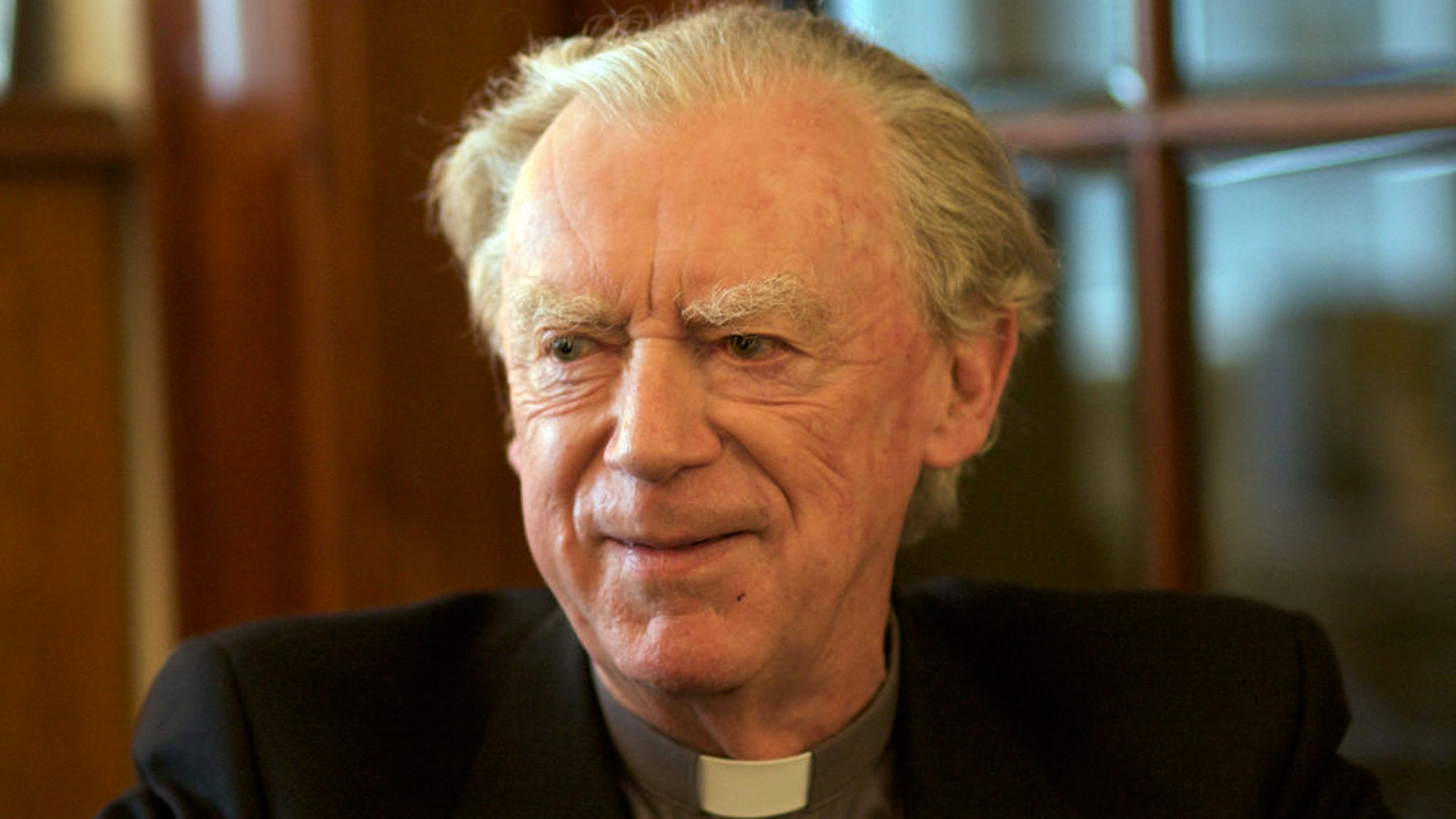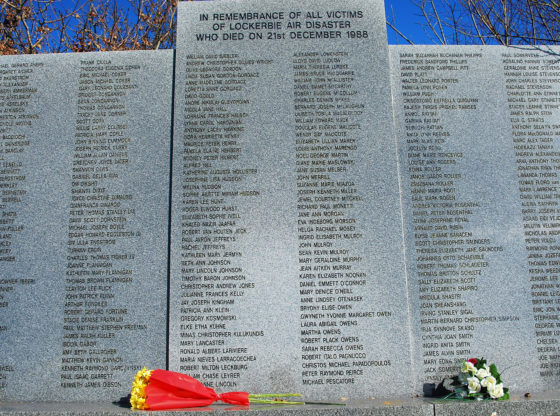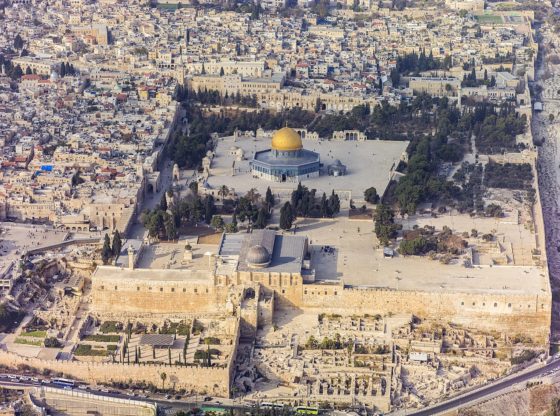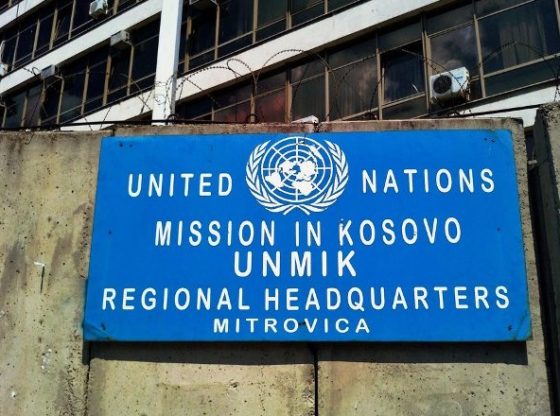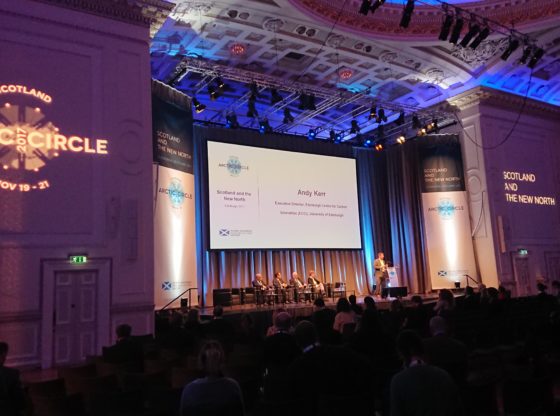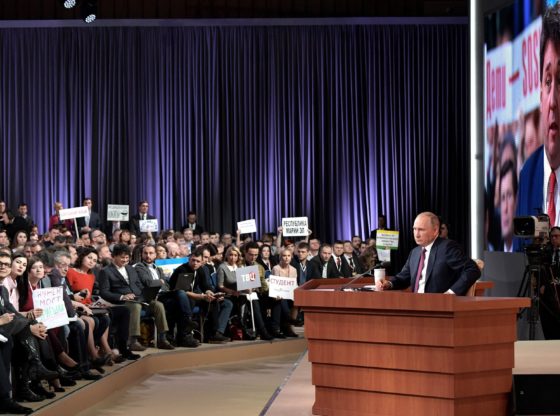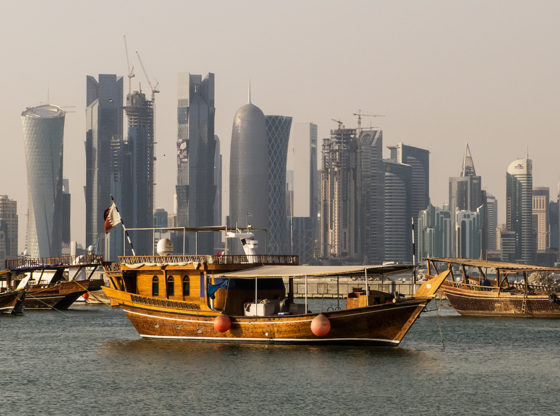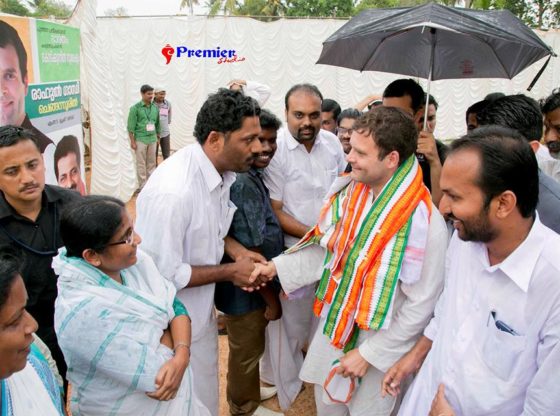Liberation theology from India influenced the work of Canon Kenyon Wright in setting up the Scottish Parliament. At the first anniversary of his death, Alastair McIntosh explores the largely hidden internationalism behind grassroots Scottish politics in the 1990s.
When Canon Kenyon Wright died a year ago, on 11 January 2017 at the age of 84, Nicola Sturgeon said: “his input to the creation of the Scottish parliament cannot be overstated.” While Donald Dewar had been its political father, Kenyon was the parliament’s spiritual godfather. As convenor of the executive of the Scottish Constitutional Convention, his gift had been to build consensus, mapping out fresh openings of the way where others could see only tangled briars.
Less well known in public life was how Kenyon’s worldview had been shaped between 1955 and 1970, while a missionary in West Bengal. I learned of the importance of this while working closely with him twenty years ago. We were engaged in a process that we called People and Parliament, but I had already come to appreciate Kenyon while climate change was climbing up the agenda in the late 1980s and 1990s.
He had chaired the Scottish Environmental Forum as preparation for the Rio Earth Summit in 1991. He had played a founding role in Eco-Congregation Scotland in 2001, a network that today exceeds 400 member churches. And although his American-published book, Cosmic Crisis and Creation: the Search for Meaning, did not appear until 2012, he had been a pioneer of ecotheology from at least as early as 1975. That year, at a conference in Tennessee, he had set out his hallmark theme. The “covenant” of full humanity, he said, involves a triune set of relationships: “upward with God, horizontally with one another, and downward with the earth itself.”
In what follows, I want to map out some of the background to the politics of Scotland in the 1990s, culminating in Scotland’s renewed parliament. I shall focus on aspects of popular empowerment that often miss the academic and the mainstream eye. In particular, I want to draw out internationalist influences, especially those in which Kenyon would have been most immersed during his fifteen-year period in post-independence India.
SOCIAL EMPOWERMENT IN THE 1990s
Kenyon’s was a mind that brought a poet’s eye to wicked problems, a wordsmith’s craft to phrases and to concepts that would go on to shape political policy. Following the 1997 Yes-Yes vote for a Scottish parliament with tax-raising powers, he took on a fresh remit serving on the Consultative Steering Group on the Scottish Parliament. Its task, as Henry McLeish wrote in the Group’s 1998 report, was ‘to put in place a new sort of democracy in Scotland, closer to the Scottish people and more in tune with Scottish needs.’
During 1997, I had written a letter to Kenyon about the ‘doing’ of such a new democracy. I wanted to raise with him a set of approaches that had emerged from grassroots movements elsewhere in the world, such as I had encountered during four years in Papua New Guinea. These included the ‘conscientisation’ (consciousness and conscience raising) pedagogical work of Paulo Freire in Brazil, something that had already found legs in Scotland through the efforts of the Workers’ Educational Association, the Adult Learning Project, and an influential little book by Gerri and Colin Kirkwood, called Living Adult Education: Freire in Scotland.

Also on its way to press at the time was a landmark collection of practitioner papers edited by a group of scholar activists at Moray House Institute of Education. Published in 1999 under the title, Popular Education and Social Movements in Scotland Today, its contributor list reads almost as a Who’s Who? of innovative community action at the time. Its foreword concluded with a rallying call to internationalism: “In these pages Scotland and her multicultural peoples claim their place as insubordinate citizens and equals on a wider stage. And they have things to say that must be heard beyond Scotland.”
A further radical current that was energising people at that time was the Scottish Catholic International Aid Fund’s provision, in parish and other community groups, of a carefully structured training programme in ‘development education’. Until such time as a chill wind from Rome helped clip its wings in the noughties, what had distinguished this programme was its active deployment of liberation theology from Latin America. That, as communicated mainly through the Freire-inspired Training for Transformation manuals that Anne Hope and Sally Timmel had developed, based on their years of work with grassroots self-reliance and self-determination movements in southern Africa.
While Kenyon was reaching the peak of his political role in shaping the new Scotland, a whole raft of methodologies for community engagement were emerging and finding traction.
Indeed, while Kenyon was reaching the peak of his political role in shaping the new Scotland, a whole raft of methodologies for community engagement were emerging and finding traction. Many had taken shape in contexts of rural or urban poverty in countries of the South. Their names included ‘the farmer-first approach’, ‘participative rural appraisal’, ‘participative inquiry’, ‘action research’, and ‘planning for real’. Their general aim was to help people – whether post-colonial or otherwise - to analyse the circumstances of their lives, and to review their options for change in accordance with what gives life.
A typical process might involve a group remembering their history, re-visioning their future, and re-claiming what might be needed to bring about the transformation of their situation. All of these techniques involve iterations of action and reflection around power, and around what it takes to get a life worth living.
INTEGRAL HUMAN DEVELOPMENT
The liberation theology often in the background was kicked off by the 1960s Vatican II reform process of the Catholic Church. Further propagated by the mainly Protestant World Council of Churches in the 1970s, it permeated far beyond its initial confines, including spin-offs into secular methodologies and the 1960s counterculture revolution.
Liberation theology might be defined as theology that liberates theology itself from the chains in which it has been bound by domination systems such as gender, race, and social class oppression. It legitimises yearnings for full humanisation. It does so where self-reliance and self-determination has either been suppressed, or never developed in the first place. It activates ‘self-realisation’, which is to say the making real or emergence of the ‘self’, or soul, as a valid pursuit: indeed, as a fundamental human need and right.
Liberation theology might be defined as theology that liberates theology itself from the chains in which it has been bound by domination systems such as gender, race, and social class oppression.
Within the fields of transpersonal and humanistic psychology, Carl Jung called much the same process ‘individuation’, and Abraham Maslow called it ‘self-actualisation’, placing it at the apex of his pyramid of human needs. Outwardly, it finds expression as what liberation theologians call ‘integral human development’ - an entire human cosmology, of which Kenyon’s triune schema of God, other people, and the Earth is an exemplary expression.
As Gustavo Gutiérrez, the Peruvian pioneer of modern liberation theology put it: ‘To liberate = to give life.’ For him, it means doing the politics of human development not from the top down - imposed by the relatively powerful on the relatively powerless - but ‘from the underside’. This he speaks of as ‘the power of the poor in history.’ The power to be the subjects of their own history, and from there, the power to shape their own future history.
If that sounds subversive, that’s the point. Jesus had announced his mission statement in Luke 4 as being “to proclaim good news to the poor, to heal the brokenhearted, to free the captives, to recover sight for the blind, and to send forth the oppressed in freedom.”
Neither was liberation theology confined to Christianity. During the 20th century, similar movements developed in other faiths. In south-east Asia, figures including Sulak Sivaraska and Thich Nhat Hanh formed the Network of Engaged Buddhists to overcome conservative clericalism. During the Iranian revolution, at the price of persecution by the conservative ayatollahs, the Sufi scholar Ali Shariati pressed for an ‘authentic’ Islam such as his biographer, Ali Rahnema, describes as being ‘of the poor, the oppressed and the socially conscious.’
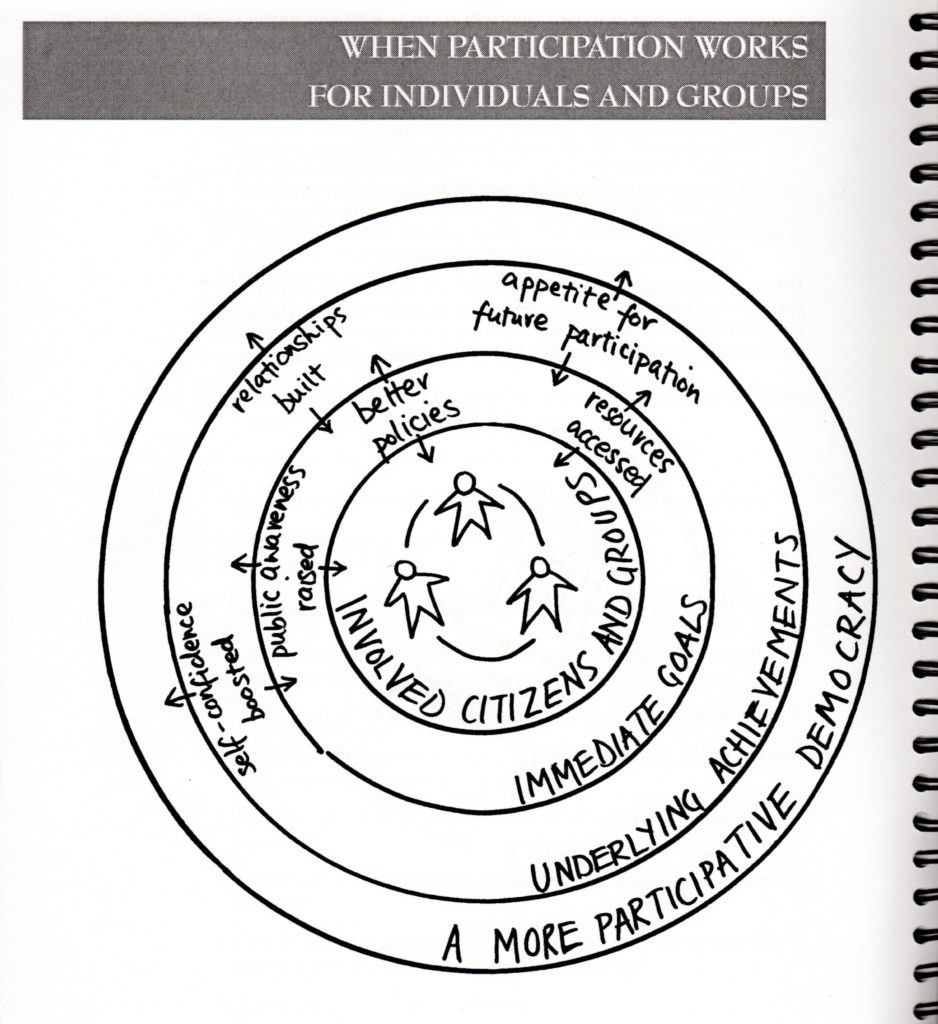
Was there some way, I asked Kenyon both in my letter and in subsequent conversations, by which elements of these methodologies might also play a part at this point in Scotland’s history? Once it had been the bards who curbed the power and guided the vision of the political chiefs. What about a bardic politics for our times? One where, as Hamish Henderson would put it, “Poetry becomes a people”?
Already, elements of this had been playing out in land reform. That had started out as an imaginative act, essentially poetic, and explicitly drawing on the work of figures including Hugh MacDiarmid, Norman MacCaig, and Kenneth White. “Really, it is a bit like the end of colonial rule,” wrote Issy MacPhail of the Assynt Crofters, on getting back their land in 1993. “Gradually our imaginations are unchained. The rest takes a bit longer….”
I wondered: could such a spirit be brought in from the periphery, and the periphery made central?
THE PEOPLE AND PARLIAMENT PROCESS
As it happened, my letter in 1997 was not the only representation that Kenyon received about the need for grassroots participation in shaping the new Scottish parliament. The outcome was that, under his convenorship, eleven of us established People and Parliament and set up its own trust deed. Meeting regularly at Falkland, sometimes in the Palace upper rooms beneath the portrait gazes of the Stuart kings, we managed to work with nearly 500 civic groups in what was a national discernment process.
Many were voices from the margins such as rarely got a hearing in the past. They included classes of school children, mental health groups, housing association tenants, ethnic minorities, trade union meetings, professional associations, and church women’s guilds. There was even a gathering of landowners in Morayshire – and a surprisingly liberal gathering, at that.
What about a bardic politics for our times? One where, as Hamish Henderson would put it, “Poetry becomes a people”? Already, elements of this had been playing out in land reform.
In the course of an evening’s session chosen at their convenience, each group was invited to reflect upon, and seek as best they could, consensus over three questions. These concerned identity, vision, and process. Put another way, re-membering, re-visioning and re-claiming. They were invited to respond in writing, on a single pre-printed sheet of A4, completing three short paragraphs that began:
We are a people who…
By the year 2020 we would like to see a Scotland in which…
We therefore expect our parliament to work with the people in ways which…
The returned results were coded into response categories and analysed to identify both dominant and minority narratives. Copies of the report were sent to all participant groups, and to all elected members of the UK parliament. In addition, Kenyon fed the most salient information as it emerged directly into the Consultative Steering Group, thereby helping to inform, and hopefully shape, its work in progress.

A selection of quotes from the People & Parliament executive report, 1999.
The results of these participation exercises remain online. Nearly twenty years later, they provide an intriguing snapshot of Scotland’s self-perception, a yardstick by which to measure change. Kenyon summed up the findings in these two typically Kenyonesque paragraphs from the final report, entitled People & Parliament: Reshaping Scotland? The People Speak -
“There is deep frustration with our fragmented society, and a feeling of anger and disconnection with the present system of government and politics. Based on this, there is a profound longing for a new kind of politics and society that will listen to, care for, respect and share with, all our people – rooted in a strong sense of national identity and community, and the vision of a renewed nation in which all count and none are excluded.
“This is reinforced by the recurrent theme, that the people of Scotland must now learn to take responsibility for their own destiny – and mistakes – and overcome the tendency to blame others. The strong desire for a better society and community is constantly linked with the need for greater participation and partnership in power. Improvement needs empowerment.”
BEYOND ‘THE PARALYSIS OF RESIGNATION’
As all this was taking shape through 1998, Kenyon took every opportunity to emphasise that the new Scotland would thrive only if it could rise above the ‘yah-boo politics’ so characteristic of Westminster. ‘Yah-boo’ is about ‘power over’, about bullying, about systems of domination. In contrast, the Scotland of the future had to be about ‘power with’, about enabling, about participation. But there was something else, something deeper. In addition to ‘power with’, there was also ‘power from within’, a quality that is more psychological, poetic, even spiritual.

From where did Kenyon’s enthusiastic receptiveness to such notions arise? Partly, as a priest in the Scottish Episcopalian Church, both born and educated in Paisley, it was already latent in his cultural rooting. Not for nothing does Scotland have a Burns’ Night; an annual reminder and celebration of our bardic politics. But also, it was germane to his Christian theology and to the way that eastern thought had conditioned it during those years just after India had jettisoned the British Raj.
More than once, and with a wry smile, Kenyon told me: “I learned my liberation theology in India.” As the founder and director of the Ecumenical Social and Industrial Institute at Durgapur, his work lay at the heart of the emerging field of liberation theology. His primary frame of social reference lay with the slum factory workers of Calcutta.
In 1971, right at its most radical gradient, he published a paper in a journal of the World Council of Churches. Subtitled ‘Humanization or Evangelism?’, it asserted that ‘the key issue is really that of the “paralysis of resignation”‘ and asked: “in a situation of such overwhelming and critical degradation, how can the people of the city believe that any change is possible; that they can still do anything at all to improve or alter life; that there is a way forward other than the frustrated despair of blind violence?”
More than once, and with a wry smile, Kenyon told me: “I learned my liberation theology in India.”
For Kenyon, as for Father Bede Griffiths, who left England for southern India in the same year, the subcontinent was an experience not just of missionary work, but of reverse missionary work. Griffiths could have been echoing Kenyon’s experience when he wrote: ‘I am going to discover the other half of my soul’.
Pivotal to British experience in India at that time were the legacies of Gandhi on independence. The Mahatma had taken his cue from the bardic politics of Hinduism’s most sacred text, the Bhagavad Gita. ‘A poet’s meaning is limitless.… This is true of the Gita’, he had written in a commentary in 1931.
The Gita’s epic tale – its account of seeking mystical union, or yoga, with God in the very midst of the politically-charged battlefield of life – is narrated by Sanjaya. But who was Sanjaya? Sanjaya was the eagle-eyed charioteer to the blind king, Dhritarashtra. The point is that, left to its own devices, political power is blind and even blinding. That’s why politicians need the bards and other prophets. They lend vision. As the Biblical proverb has it: ‘Where there is no vision, the people perish.’
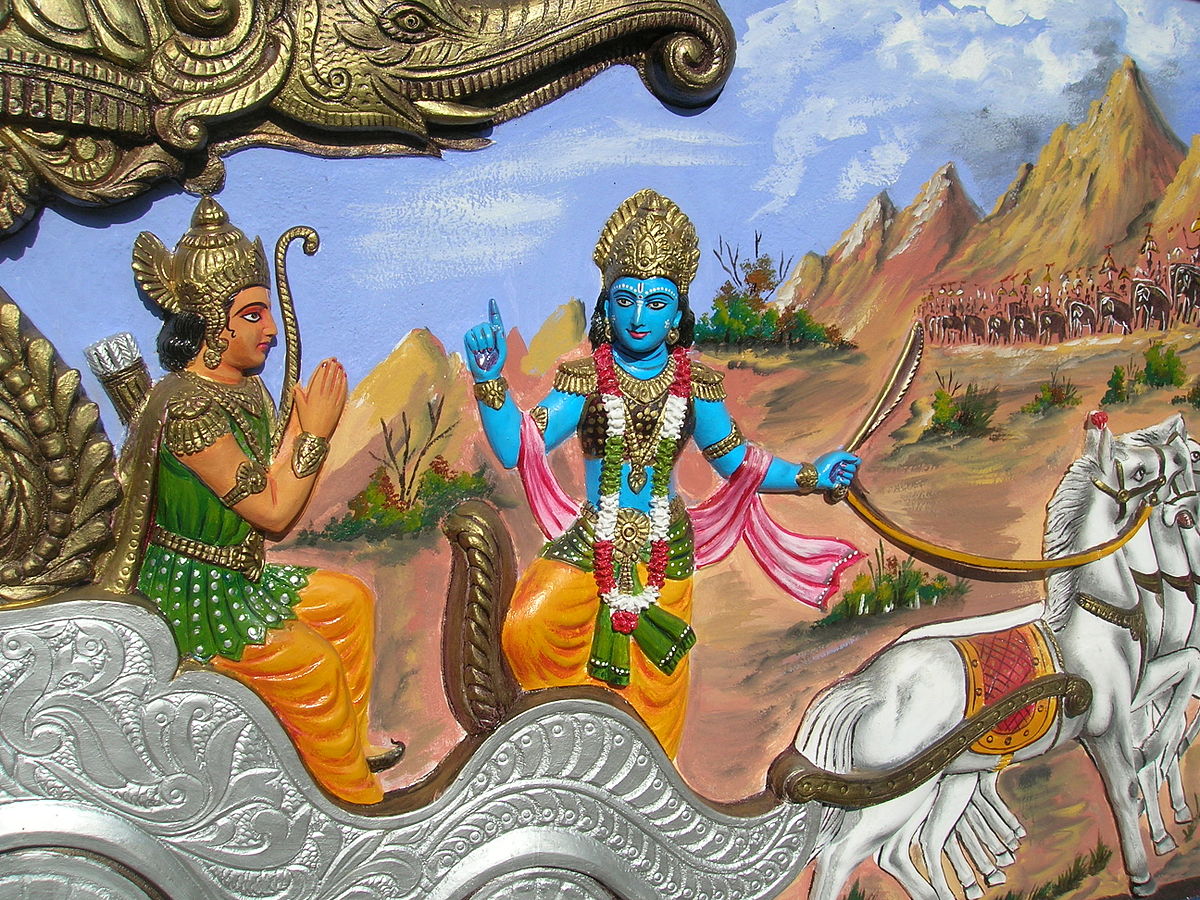
The Indian independence movement spoke of freedom from the British Raj as swaraj: swa means ‘self’; raj means ‘rule’. Gandhi’s special contribution was to emphasise that the outer self-rule of a nation - of a community writ large - must be premised on the inner self-rule of its people. A politics that fails in this completion of the circle between the inner and the outer life will end in hubris. Hubris, we might remember, is cognate with the Greek, hybris, which means violence.
In his 1931 commentary (to what was his own translation of the Bhagavad Gita, from Sanskrit into Gujarati), Gandhi had said that the only ambition worth having “is self-realisation … to realise oneself.” Such an expression of liberation towards full humanisation is not an optional add-on to political processes. He insisted: “Self-realisation is not something apart.” Rather, it is the wellspring. As he explained elsewhere: “Independence begins at the bottom…. Growth will not be a pyramid with the apex sustained by the bottom. But it will be an oceanic circle whose centre will be the individual.” As such, participative methodologies are quintessential.
TOWARDS SUPERSIDIARITY
To bring that down to earth in ways that Kenyon’s wife, Betty Wright, always insisted on: politics must find its grounding in the people’s hearts. As Lesley Riddoch concludes in Wee White Blossom: “The SNP can only be midwives of Scottish independence, not mothers.” A democratic political party can only offer openings of the way, but can never be the way purely of itself.
As such, the Scotland of the future, says Riddoch, “must be conceived, shaped, brought to life and nurtured by … [the] empowerment of all Scots.” That is swaraj - the closing of the circuit of the outer and the inner life. That is self-realisation writ large.
The draft Scottish independence bill of 2014 declared: ‘In Scotland, the people are sovereign.’ And there we glimpse it. A calling not so much to subsidiarity – to the delegation downwards of authority – but to what might be called supersidiarity: to the delegation upwards of authority, but with the bottom line retention of sovereignty.
Under supersidiarity, an independent Scotland could choose to opt in to federal arrangements such as the EU, or the UK. But the acid test of swaraj is whether it would be free at any time to opt out. At present, Britain has that freedom with the EU, under Article 50 of the Lisbon Treaty. However, Scotland lacks it within the UK. We’re stuck with the paternalism of needing to ask permission if we want to go. As I once heard Kenyon say: “Power devolved is power retained.” It jams the circuit of swaraj. It disempowers the people. It damages the prospect of healthy adult relations between neighbours.
Swaraj is sovereignty. For the Scotland of the twenty-first century, like India of the twentieth, the self-realisation of sovereignty is our most pressing task.
The papers of the Revd Dr Canon Kenyon Edward Wright are being progressively archived at the Centre for Contemporary Politics at Stirling University. These span his life and work from Glasgow student politics, through India and Coventry Cathedral, and back to Scotland. His daughter Shelagh Wright remarks: “My sisters and I are very keen that it be a living resource and used by this generation to understand what’s gone before, and to shape the next stage.” Kenyon’s wife, Betty, predeceased him in October 2014.
Alastair McIntosh is an independent writer, activist and scholar. He holds an honorary professorial position at the University of Glasgow’s College of Social Sciences and an honorary fellowship at the University of Edinburgh’s School of Divinity, New College. His books include Soil and Soul (Aurum), Spiritual Activism (Green Books) and most recently, Poacher’s Pilgrimage: an Island Journey (Birlinn). Follow Alastair on Twitter at: @alastairmci
Feature image: Canon Kenyon Wright. Image: the Wright family.
CABLE would like to thank the Wright family for their generous assistance in the production of this article.

